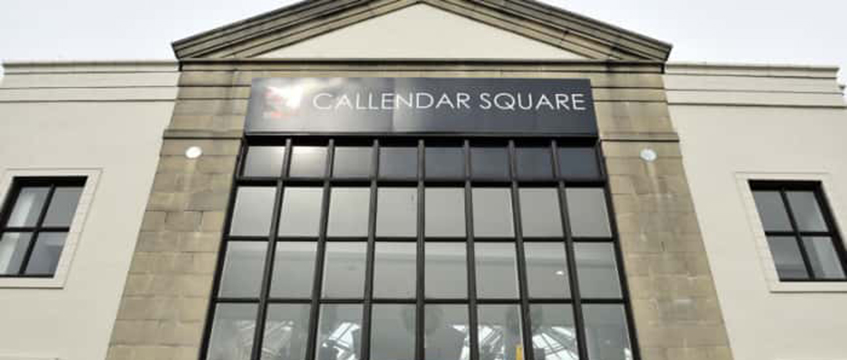During the last few years there has been a profound price correction for many secondary UK shopping centres, says Richard Auterac.

This has reflected the cumulative long-term effect of the financial crisis, the rise of online retailing and the continued reality that the UK is over-provided with shopping space.
In several instances it has taken the sale of such assets to new investors through our auction marketplace to crystallise exactly what is happening in this sector.
The great strength of auction is that the process comprehensively markets a property to both domestic and international investors. As such, the prices achieved fully reflect where the market is.
This process is actually taking place every time a property is sold at auction, but any variance in the prices achieved in comparison to the market’s perception are seldom so marked that they provoke comment.
However, in the shopping centre sector we are seeing assets being sold for perhaps the first time in a decade, reflecting the transformation in how we shop and how shopping environments are responding to that.
Two of the centres that attracted most interest in this respect have both sold at recent Acuitus auctions.
At our October 2017 sale, the Callendar Square centre in Falkirk sold for £1m having once been valued at £26m in 2006. But the world – not just retailing – has been transformed in the intervening 12 years and the centre’s latest sale reflected just that.
Interestingly, following the sale of the centre, the leader of the local council was quoted in the press as saying: “We are hoping to speak to the buyer and see what their plans are for the property. If they want to talk about retaining Callendar Square as a retail unit we will work with them to help that happen.
“If they want to turn the premises into a civic centre then we would obviously be interested in talking to them about that as well.”
This highlights that what we are seeing is not just a series of value corrections for certain centres; it might be a new chapter in their evolution – and that may mean they do not continue in their current configuration or use.
READ MORE: What’s in store for secondary/tertiary shopping centres?
The sale of the Abbeygate shopping centre in Nuneaton also attracted a lot of publicity when it sold at our February auction for £4.3m, in contrast to the £17m it achieved in 2005.
The Nuneaton asset attracted a lot of interest because prospective buyers could be confident that it had been well-managed by its previous institutional owner, had strong support from the town’s shoppers and offered the prospect of a new owner to put their own mark on the centre.
Both of these sales are transitioning assets to the next phase of their evolution with a more appropriate risk-return profile based upon rents that reflect today’s shopping reality.
This is a lot healthier for the market than – as is happening in many instances – assets coming to market, not selling and then being refinanced at precisely the same values that they have just failed to achieve. This is simply ‘kicking the can down the road’ and will continue to sustain false expectations in some areas of the market.
An increasing number of these secondary shopping centres will come onto the market as sellers ‘get real’, and our commercial property auctions are proving a powerful route to the internationally diversified private investor market.
While the prices achieved at Falkirk and Nuneaton look stark in comparison to their historic valuation, they sold at higher prices than had been anticipated.
Crucially, they also sold to investors who would not necessarily have been encompassed by traditional marketing campaigns – ‘hands on’ investors who are perhaps taking a radical view of what lies ahead for these assets having paid prices that look sustainable
For us as auctioneers, this also poses a challenge. You cannot see these centres as passive, ‘dry’ assets that are simply looking for the next owner in a chain of similar investors. We have to look at both the financial reality of the property as it is today and its future potential.
There are hundreds of secondary shopping centres across the UK and how they transition to meet the needs of society – in a larger context than just shopping – is going to be a major factor in how our town centres evolve.
As a means to connect these assets with new owners and unlock their potential, our auctions can play a major role.
Richard Auterac is chairman of Acuitus











